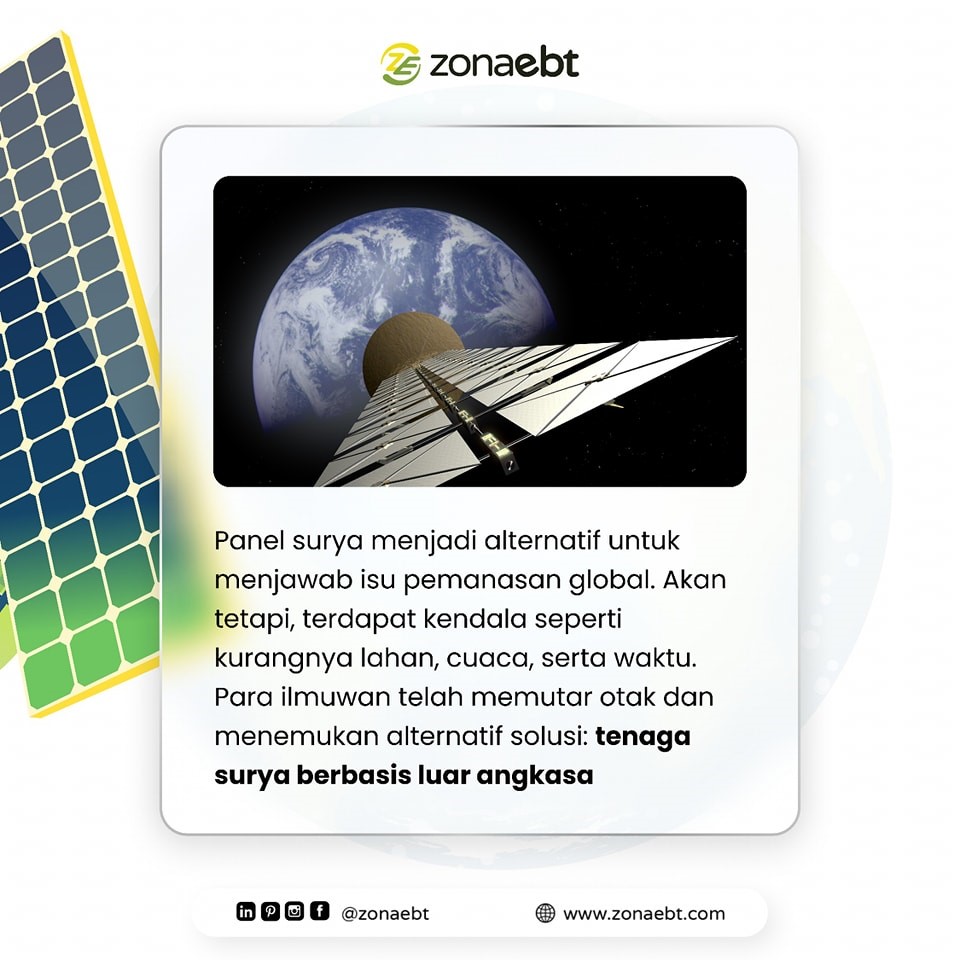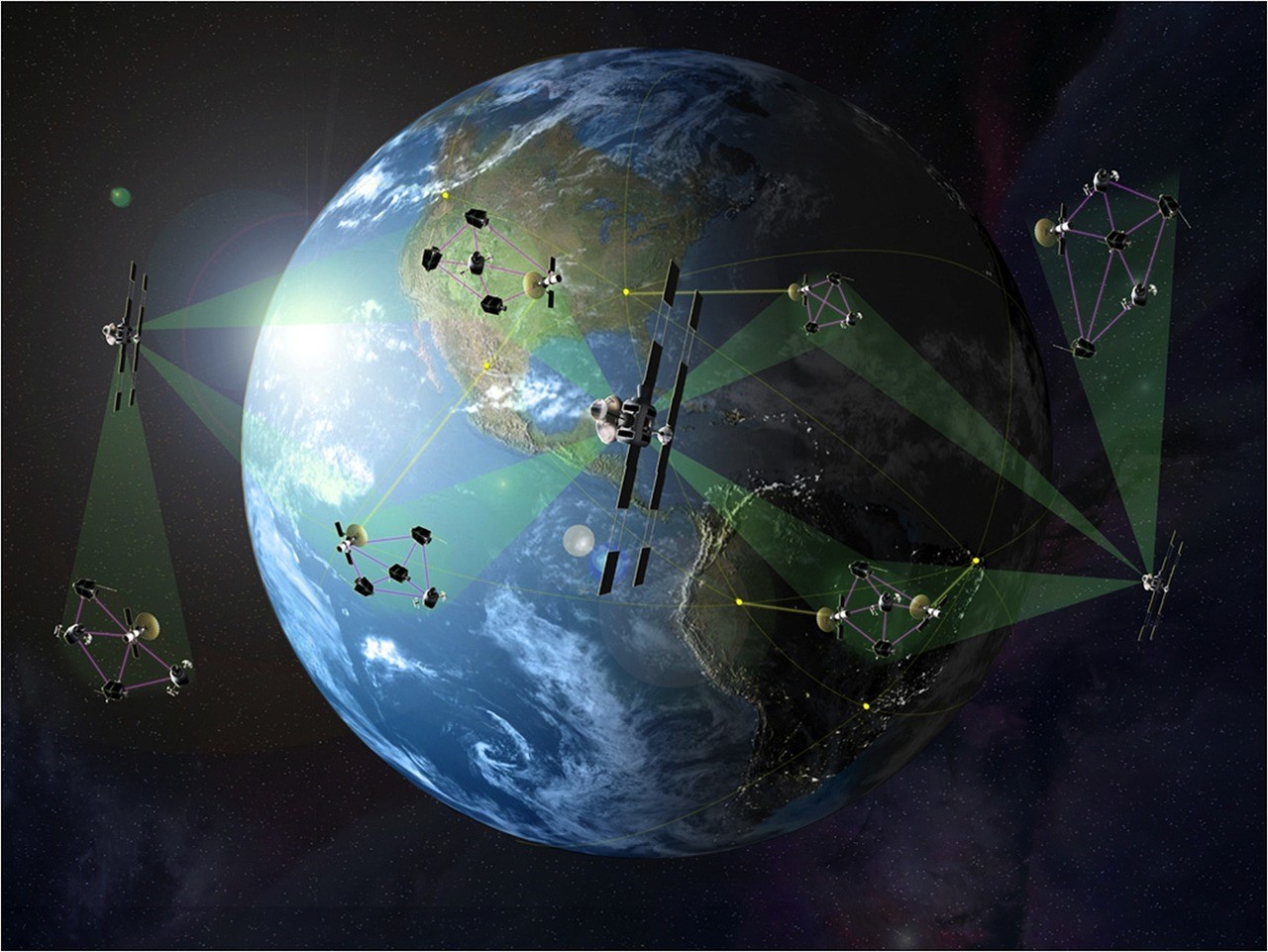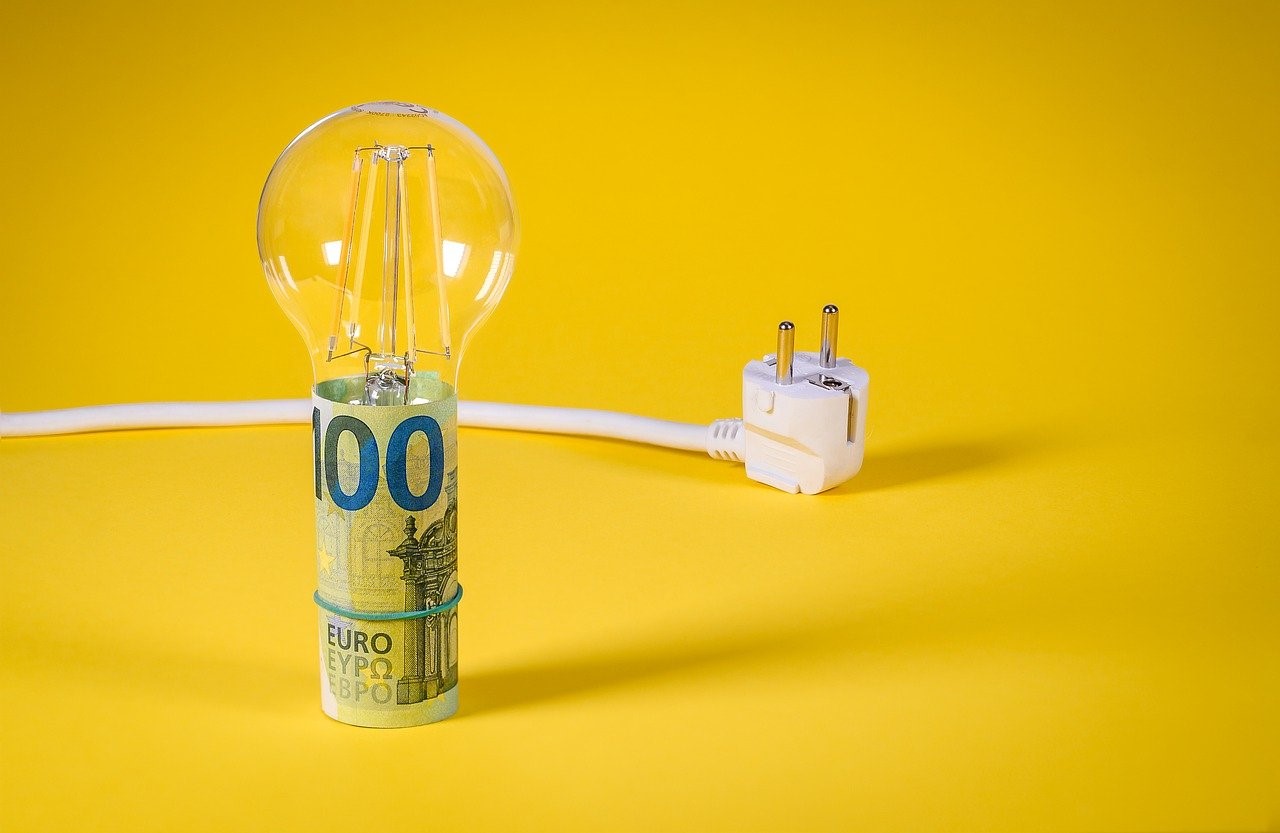
- Nuclear power is more popular than solar panels for deep space exploration.
- NASA, other space agencies, NEA, and IAEA prioritize high energy density, reliable, and sustainable power supply.
- The trend of phasing out nuclear power by several countries and the IAEA’s perspective on global energy.
Nuclear Technology: A Long-Term Solution or disaster?
Nuclear power in space presents compelling potential for advancing space exploration and human habitation. Its high energy density, reliable, and sustainable power supply make it an ideal candidate for long-duration missions and operations in environments where solar power is unreliable, such as deep space or the shadowed regions of celestial bodies.
For instance, nuclear thermal propulsion systems could significantly reduce travel time to distant planets, enabling more efficient and extended missions. Additionally, nuclear reactors could support critical life support systems, water purification, and food production in space habitats.
Paving the way for sustainable human colonies on the Moon, Mars, and beyond. These benefits underscore nuclear technology’s role in overcoming the current limitations of space travel and exploration.
Sobat EBT Heroes know about Voyager 1 and Voyager 2, have an idea what exactly these space probe energy come from?. Those space probe use nuclear power to run its electronics, so it can make such a long journey into deep space.

Read Also:
- How Perspective of Indonesia’s Bebas Aktif to Radioactive
- Indonesia Can Play An Important Role In The Energy Mix
However, deploying nuclear power in space is not without risks and challenges. The potential for catastrophic accidents can happen anytime. Such as reactor meltdowns or the release of radioactive materials, poses significant threats to both astronauts and the space environment.
The harsh and unpredictable conditions of space could exacerbate these risks, leading to unprecedented disasters. Furthermore, the launch of nuclear materials from Earth carries inherent dangers; a launch failure could result in widespread contamination.
Ensuring the safety and reliability of nuclear systems in space requires robust engineering, rigorous testing, and comprehensive international regulations to mitigate these risks. Balancing the nuclear power with its potential for disaster is crucial as humanity ventures further into the cosmos.
Nuclear technology holds significant potential for long-term space exploration and habitation
Its advantages include:
1. High Energy Density: Nuclear power provides a much higher energy density compared to chemical batteries and solar power, crucial for long-duration missions.
2. Continuous Power Supply: Unlike solar power, nuclear reactors can provide a continuous power supply, essential for missions to areas with limited sunlight, such as deep space or the dark side of celestial bodies.
3. Propulsion: Nuclear thermal propulsion systems could offer higher efficiency and thrust compared to conventional chemical rockets, reducing travel time to distant planets.
4. Support for Human Habitation : Nuclear reactors could support life support systems, water purification, and food production in space habitats.
NASA, other space agencies, NEA, and IAEA are actively researching nuclear-powered systems, such as the Kilopower project, which aims to develop small and lightweight reactors for space applications.

Countries Shutting Down Nuclear Power Plants, Why?
Several countries have either shut down or are in the process of phasing out their nuclear power plants for various reasons:
1. Switzerland: Following a referendum in 2017, Switzerland decided to gradually phase out nuclear power, motivated by safety concerns and the aging of existing reactors.
2. South Korea : The government announced a gradual phase-out of nuclear power in 2017, aiming to reduce reliance on nuclear energy due to safety concerns and a shift towards renewable energy sources.
Read Also:
- Kenali Manfaat Jangka Panjang Penggunaan Panel Surya
- Cermati 3 Indikator Berikut Sebelum Beralih ke Panel Surya
3. Belgium: Belgium plans to shut down its nuclear reactors by 2025 due to concerns over nuclear safety and the aging of its plants.
4. Germany: After the Fukushima disaster in 2011, Germany decided to phase out all its nuclear power plants by 2022, driven by safety concerns and a strong anti-nuclear movement.

How does the IAEA see nuclear as a global energy solution?
The International Atomic Energy Agency (IAEA) views nuclear energy as a crucial part of the global energy mix to address climate change and ensure energy security. Key points include:
1. Low Carbon Emissions: Nuclear power is a low-carbon energy source, essential for reducing greenhouse gas emissions and combating climate change.
2. Energy Security: Nuclear energy provides a stable and reliable source of electricity, reducing dependence on fossil fuels and enhancing energy security.
3. Technological Advancements: The IAEA supports the development of advanced nuclear technologies, such as small modular reactors (SMRs) and next-generation reactors, promising increased safety and efficiency.
4. Global Cooperation: The IAEA promotes international cooperation in nuclear safety, security, and non-proliferation, ensuring the peaceful use of nuclear technology.
#zonaebt #sebarterbarukan #ebtheroes
Editor: Savira Oktavia
References:
[1] International Atomic Energy Agency (IAEA): [Nuclear Energy]
[2] World Nuclear Association: [Nuclear Power in Germany]
[3] Swiss Federal Office of Energy: [Nuclear Energy]
[4] Belgian Federal Agency for Nuclear Control: [Nuclear Phase-out]





9 Comment
Use interesting words for article titles. You got me!!!
Indeed, the writer is great asf. Deep space with nuclear as an energy.
Interesting topic selection. Usually the focus will be on solar panels when discussing space energy. I don’t know why but this website is great to produce the greatest information.